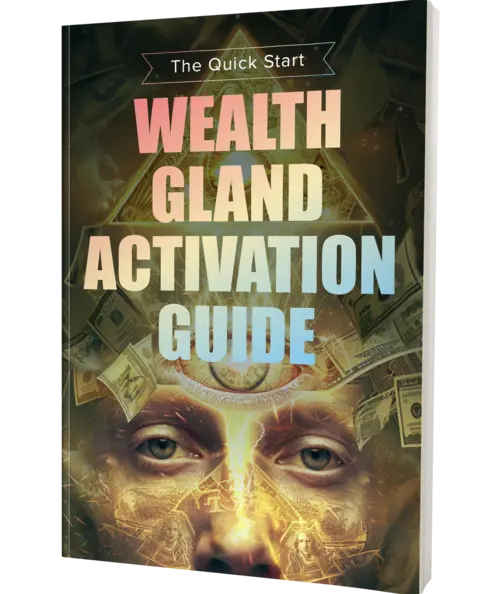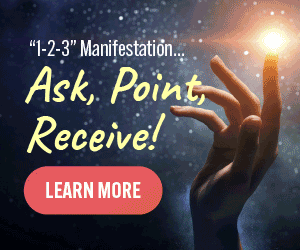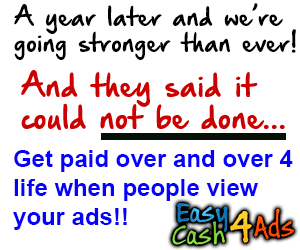With the deadline approaching, Ken stares at his blinking cursor, unable to write a word. Why is it so difficult to write a captivating hook? Ken is not alone. So many students struggle with starting their essays, but in this video I’ll explain the most common techniques you can use to write a hook. And I’ll tell you the absolute best technique you can use, whether it’s in an essay or a sales pitch.
First, what is a hook and why do I need it? A hook consists of the first few sentences of your introduction that’s used to captivate or hook your audience, so they want to keep reading or listening. A hook should be intriguing and related to the topic of the essay or speech so that your audience starts engaging with your ideas. Okay, but how do I create a hook? One option is to create a vivid description or tell a story.

This technique engages your audience right away because they need to imagine the scenario you’re painting with. Your words use vivid verbs to show what someone is doing and add only relevant details that will easily transition to the topic of your essay. When you can’t think of a way to hook your audience, another option is to let someone else do it by using a quote. The quote should be from someone with authority on the topic you’re writing about, and it should be something interesting that they say. Make sure it’s not too long since you don’t want it to run on and have the reader lose interest.
And don’t forget to cite your quotation. Another way to hook your audience is to start with an interesting fact or a statistic. The fact or statistics should be fairly unknown and something that may slightly shock the audience. Again, remember to properly cite your information. Another way to hook your audience is to ask meaningful questions.
Many times students will ask a rhetorical question, but it’s not always meaningful.
Other times students will ask a question that just repeats the prompt in order to create a meaningful question. Think about what you’d ask your audience. If you want your audience to really care about your topic. What aspect of your topic could they connect with?
Finally, the best way to hook your audience is to use the story technique and combine it with another technique. Why the emphasis on a story? Well, according to cognitive psychologist Jerome Bruner. He suggests that we are 22 times more likely to remember a fact when it has been wrapped in a story. Why?
Because stories are memorable. Stories help us grab the gist of an idea quickly. The trigger or emotion as you decide which technique to use. Here’s a list of do’s and don’ts for writing hooks. First, keep it short and clear.
Writing 1 to 3 sentences for your hook is ideal. Next, make sure your hook introduces and leads into your main topic.
You don’t want your hook to focus on a topic not covered in the essay. Another tip is to make sure you cite outside information in order to avoid plagiarism. Next, even though your hook is the first part, the audience reads.
Try to write it last. It helps to have your argument established so you can think of an appropriate hook to draw in that audience. Finally, don’t start with a dictionary definition. Definitions tend to be dry and boring and don’t really engage audiences.
https://megafunnels.olspsystem.com/solo-ad-service-3643?referrer_id=1029537
https://link.hotrckng.com/aff_c?offer_id=24&aff_id=1331
https://www.mdpi.com/2072-6643/13/1/203
Discover more from Marketing Revolution
Subscribe to get the latest posts sent to your email.






















